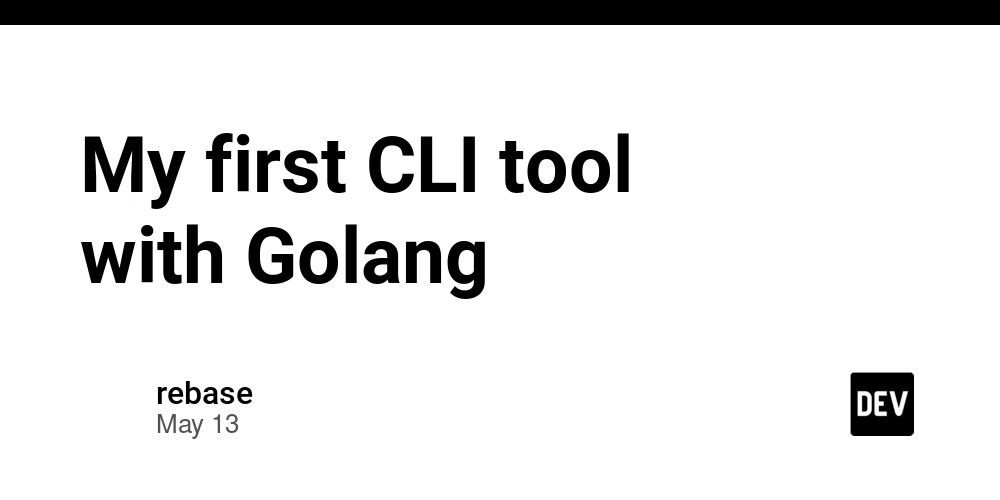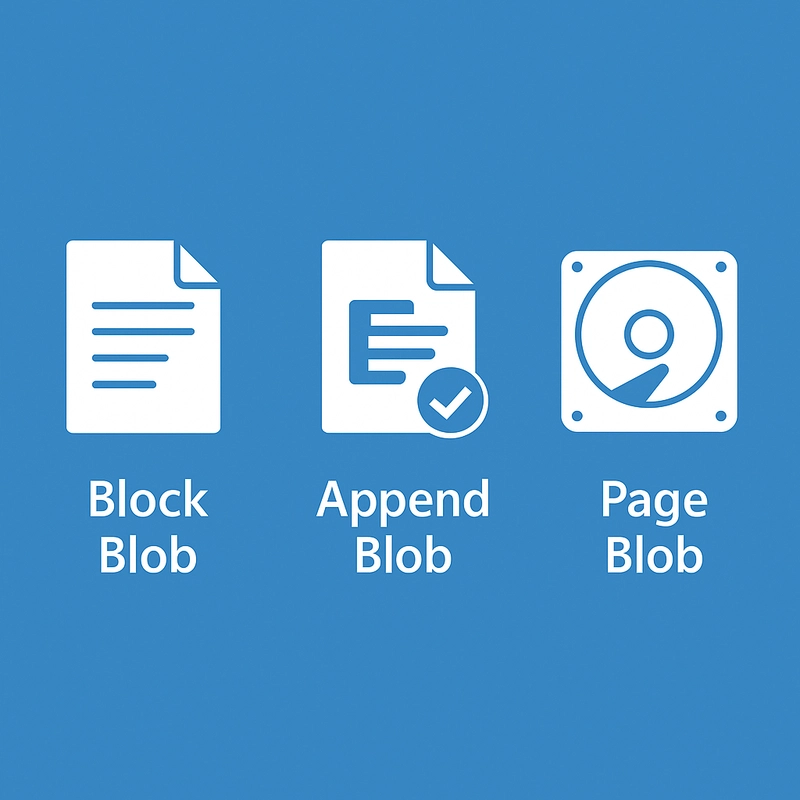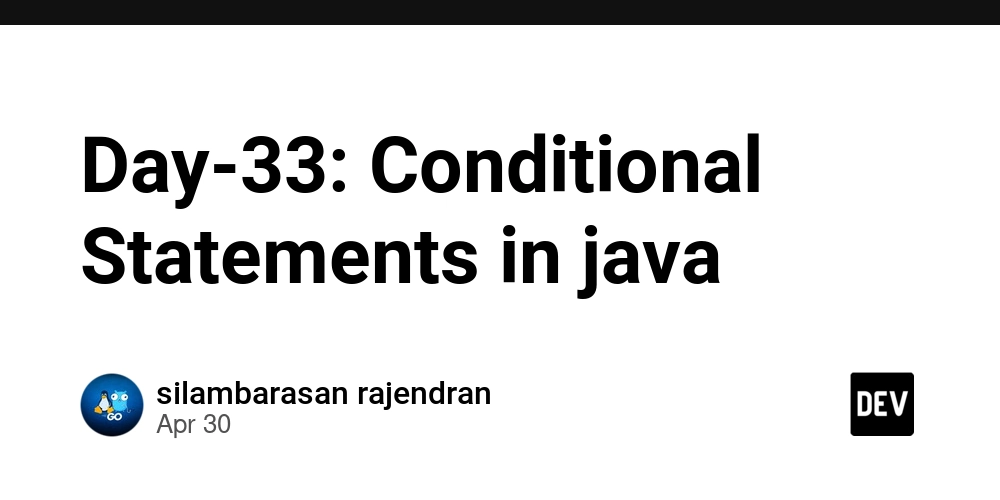RetroMix DJ: An AI-Enhanced Digital Mixing Experience
This is a submission for the Amazon Q Developer "Quack The Code" Challenge: That's Entertainment! What I Built RetroMix DJ is a browser-based digital DJ application that combines nostalgic retro aesthetics with professional-grade mixing capabilities. It's a complete virtual DJ console that allows users to mix tracks, apply effects, trigger samples, and create dynamic performances - all within their web browser. The application features a vibrant, retro-inspired interface with multiple visual themes (Retro, Modern, Neon, and Minimal) that evoke the nostalgic feel of classic electronic music equipment while providing modern functionality. The neon colors, pixelated fonts, and vintage-style controls create an immersive experience that's visually engaging and fun to interact with. Professional DJ Capabilities Despite its playful appearance, RetroMix DJ offers serious mixing capabilities: • Dual-deck system with independent controls • Real-time waveform visualization with beat detection • Loop and hot cue system for precise performance control • Advanced audio effects (reverb, delay, flanger, distortion) • Professional compression tools including multiband and sidechain • Sample pads for triggering one-shot sounds and loops AI-Powered Features The application incorporates innovative AI features that make mixing more accessible and creative: • Auto DJ functionality that automatically selects and mixes compatible tracks • Smart track recommendations based on BPM, key, and style • Vocal isolation for creative acapella mixing • Style-based track matching for cohesive sets Interactive Learning Experience RetroMix DJ serves as both entertainment and an educational tool: • Users can learn DJ techniques in a fun, low-pressure environment • Visual feedback helps understand concepts like beat matching and EQ • The interface mimics professional equipment, building transferable skills • Real-time audio visualizers demonstrate how sound changes with different effects Creative Freedom The application encourages experimentation and creativity: • Customizable sample pads let users add their own sounds • Multiple effect combinations create unique sonic textures • Track management system helps organize music by style and mood • Drag-and-drop functionality makes library management intuitive RetroMix DJ transforms the technical complexity of DJing into an accessible, entertaining experience that appeals to both beginners and experienced DJs. It balances nostalgic design with modern functionality, creating a unique platform where users can learn, create, and perform music in an engaging and visually stimulating environment. Demo Deployed Project Link Code Repository Repository Link How I Used Amazon Q Developer Amazon Q Developer was instrumental throughout the entire development process of RetroMix DJ, serving as both a coding partner and technical advisor. Here's how I leveraged this powerful tool to create a comprehensive DJ application: 1.Initial Architecture and Core Functionality I started by describing my vision for a browser-based DJ application with retro aesthetics to Amazon Q. It helped me: • Design the overall architecture using the Web Audio API • Generate the HTML structure for the dual-deck interface • Create the CSS styling for the retro visual themes • Implement core audio processing functionality Amazon Q was particularly helpful in explaining complex Web Audio API concepts and generating the necessary code for audio routing, gain staging, and EQ implementation. 2.Iterative Feature Development As development progressed, I used Amazon Q to iteratively add more sophisticated features: 1. Loop and Hot Cue System: When I needed precise beat control, Amazon Q helped implement a complete looping system with beat detection and quantization. 2. Sample Pad Integration: Amazon Q generated code for the sample trigger system, including loading, processing, and playing audio samples. 3. Track Management System: When I wanted to add library management, Amazon Q created a comprehensive system with metadata extraction, playlist management, and smart recommendations. 4. Advanced Audio Processing: For professional-grade effects, Amazon Q implemented reverb, delay, flanger, and distortion algorithms, plus multiband compression and sidechain processing. 3.Problem Solving and Debugging Amazon Q excelled at helping me troubleshoot issues: • When the theme switching wasn't working, Amazon Q identified the missing event connections • When audio processing caused performance issues, it suggested optimizations • When UI elements weren't responsive, it provided CSS fixes Tips and Insights for Using Amazon Q Developer Based on my experience, here are some valuable insights: Start with a Clear Vision: Providing Amazon Q with a detailed description of what you want to build yields better initial results. Iterative Refinement: Rather than asking for everythin

This is a submission for the Amazon Q Developer "Quack The Code" Challenge: That's Entertainment!
What I Built
RetroMix DJ is a browser-based digital DJ application that combines nostalgic retro aesthetics with professional-grade mixing capabilities. It's a complete
virtual DJ console that allows users to mix tracks, apply effects, trigger samples, and create dynamic performances - all within their web browser.
The application features a vibrant, retro-inspired interface with multiple visual themes (Retro, Modern, Neon, and Minimal) that evoke the nostalgic feel of
classic electronic music equipment while providing modern functionality. The neon colors, pixelated fonts, and vintage-style controls create an immersive
experience that's visually engaging and fun to interact with.
Professional DJ Capabilities
Despite its playful appearance, RetroMix DJ offers serious mixing capabilities:
• Dual-deck system with independent controls
• Real-time waveform visualization with beat detection
• Loop and hot cue system for precise performance control
• Advanced audio effects (reverb, delay, flanger, distortion)
• Professional compression tools including multiband and sidechain
• Sample pads for triggering one-shot sounds and loops
AI-Powered Features
The application incorporates innovative AI features that make mixing more accessible and creative:
• Auto DJ functionality that automatically selects and mixes compatible tracks
• Smart track recommendations based on BPM, key, and style
• Vocal isolation for creative acapella mixing
• Style-based track matching for cohesive sets
Interactive Learning Experience
RetroMix DJ serves as both entertainment and an educational tool:
• Users can learn DJ techniques in a fun, low-pressure environment
• Visual feedback helps understand concepts like beat matching and EQ
• The interface mimics professional equipment, building transferable skills
• Real-time audio visualizers demonstrate how sound changes with different
effects
Creative Freedom
The application encourages experimentation and creativity:
• Customizable sample pads let users add their own sounds
• Multiple effect combinations create unique sonic textures
• Track management system helps organize music by style and mood
• Drag-and-drop functionality makes library management intuitive
RetroMix DJ transforms the technical complexity of DJing into an accessible, entertaining experience that appeals to both beginners and experienced DJs. It
balances nostalgic design with modern functionality, creating a unique platform where users can learn, create, and perform music in an engaging and visually
stimulating environment.
Demo
Code Repository
How I Used Amazon Q Developer
Amazon Q Developer was instrumental throughout the entire development process of RetroMix DJ, serving as both a coding partner and technical advisor. Here's
how I leveraged this powerful tool to create a comprehensive DJ application:
1.Initial Architecture and Core Functionality
I started by describing my vision for a browser-based DJ application
with retro aesthetics to Amazon Q. It helped me:
• Design the overall architecture using the Web Audio API
• Generate the HTML structure for the dual-deck interface
• Create the CSS styling for the retro visual themes
• Implement core audio processing functionality
Amazon Q was particularly helpful in explaining complex Web Audio API concepts and generating the necessary code for audio routing, gain staging, and EQ
implementation.
2.Iterative Feature Development
As development progressed, I used Amazon Q to iteratively add more sophisticated features:
1. Loop and Hot Cue System: When I needed precise beat control, Amazon Q helped implement a complete looping system with beat detection and quantization.
2. Sample Pad Integration: Amazon Q generated code for the sample trigger system, including loading, processing, and playing audio samples.
3. Track Management System: When I wanted to add library management, Amazon Q created a comprehensive system with metadata extraction, playlist management,
and smart recommendations.
4. Advanced Audio Processing: For professional-grade effects, Amazon Q implemented reverb, delay, flanger, and distortion algorithms, plus multiband
compression and sidechain processing.
3.Problem Solving and Debugging
Amazon Q excelled at helping me troubleshoot issues:
• When the theme switching wasn't working, Amazon Q identified the missing event connections
• When audio processing caused performance issues, it suggested optimizations
• When UI elements weren't responsive, it provided CSS fixes
Tips and Insights for Using Amazon Q Developer
Based on my experience, here are some valuable insights:
Start with a Clear Vision: Providing Amazon Q with a detailed description of what you want to build yields better initial results.
Iterative Refinement: Rather than asking for everything at once, build features incrementally and refine them with Amazon Q's help.
Explain Technical Context: When facing issues, providing Amazon Q with error messages and relevant code snippets leads to more accurate solutions.
Learn Through Collaboration: Ask Amazon Q to explain complex concepts in the generated code—I learned a tremendous amount about audio processing this way.
Combine Generated Code with Your Ideas: Some of the best features came from my high-level ideas that Amazon Q helped implement technically.
Request Optimizations: After getting working code, ask Amazon Q for performance improvements—it often suggested more efficient approaches.
Maintain File Organization: As the project grew, Amazon Q helped maintain a clean architecture by suggesting proper file organization.
Amazon Q Developer transformed the development process from what would have been weeks of research and coding into a collaborative experience where I could
focus on creative direction while it handled technical implementation. The result is a feature-rich application that would have been significantly more
challenging to build without this powerful AI assistant.















































































